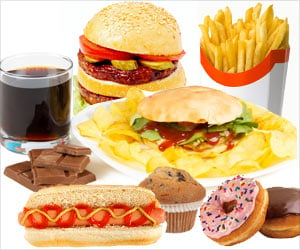Healthy food for children is just the same as it is for adults. Children over 2 years of age can eat the same healthy foods as adults.

‘Nutrition educators can play a key role in promoting healthy social and behavior changes in children and parents.’





“If you think about kids’ food, the archetype or terminology that we widely use to describe the food that we feed our children, it’s really a social norm or societal construct that we’ve perpetuated,” says Pamela Rothpletz-Puglia, EdD, RD, School of Health Professions, Rutgers, The State University of New Jersey, Piscataway, NJ, USA.Kids’ food is operationally defined as food likely to be consumed by children aged 2−14 years, either at home or in the community. There is a long-held belief in the United States that children need different types of foods than adults, and many of these foods are highly processed; energy-dense; and high in saturated fat, sodium, and added sugar.
A diet favoring these foods can have significant detrimental effects on children’s preferences and tastes, may exacerbate food neophobia or picky eating behavior sometimes seen in children, and may impact their health in the future.
In the position paper, the authors note that the idea that children need different foods than adults seems to have originated during the alcohol prohibition era when the hospitality industry created children’s menus to offset the loss of alcohol sales revenue. Since then it is known that children over 2 years of age can eat the same healthy foods as adults, but kids’ food and menus have become a social norm.
This social norm persists because ultra-processed foods like chicken tenders, hot dogs, French fries, and grilled cheese are prevalent in the food environment and they are highly palatable to children.
Advertisement
They can also help improve the unhealthy aspects of the kids’ food archetype by working with the media, restaurant industry, and policy makers on health promotion messaging, marketing, menu labeling, and healthy default menu options.
“I think we need to partner with communities, the food industry, and policy makers,” says Rothpletz-Puglia. “We need to partner and create mutually beneficial solutions.”
Source-Eurekalert















